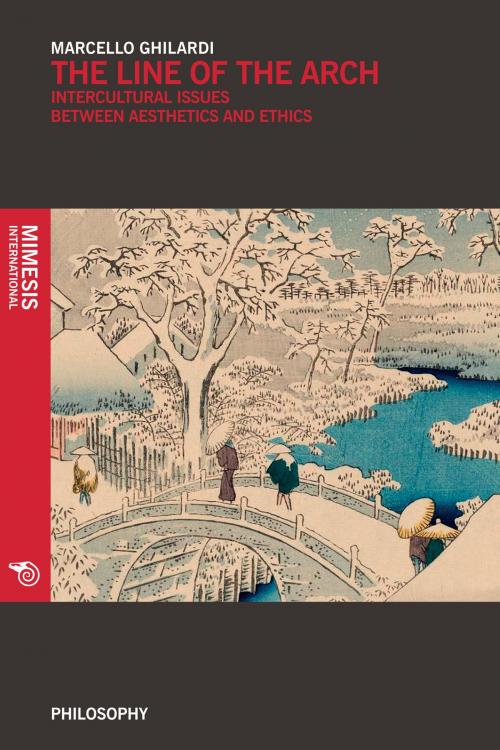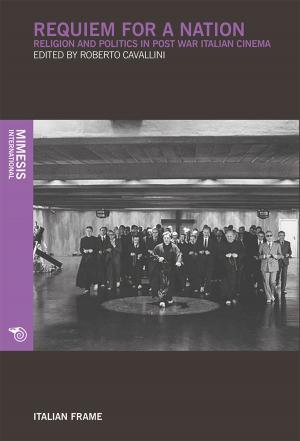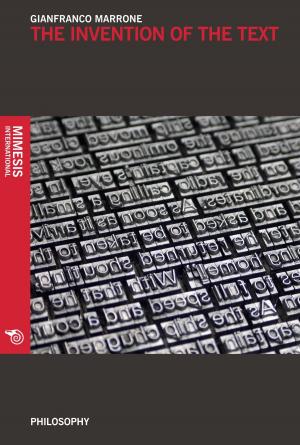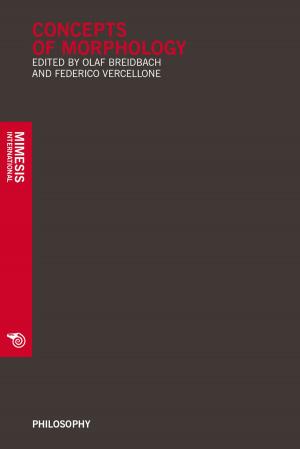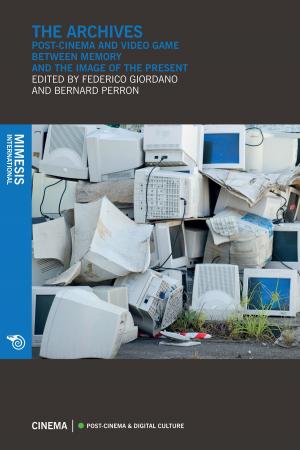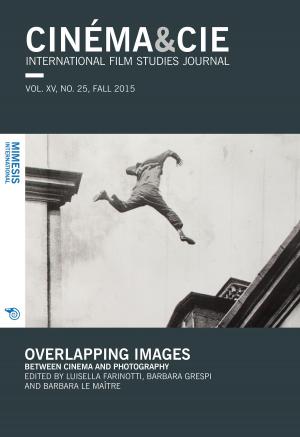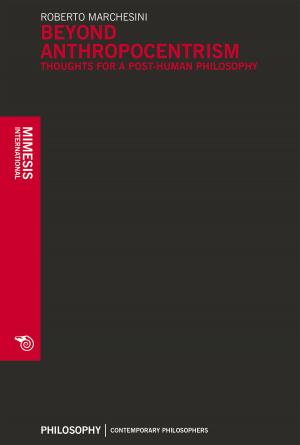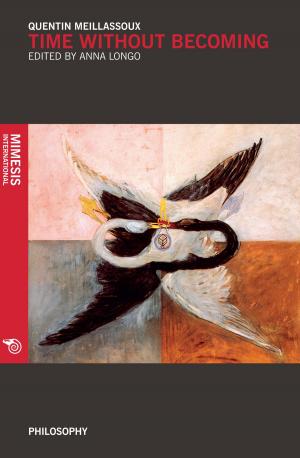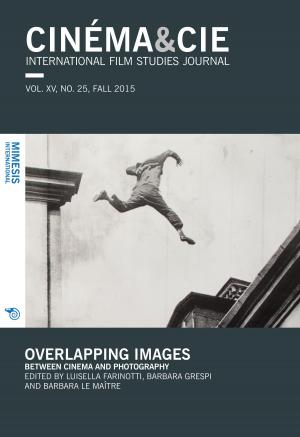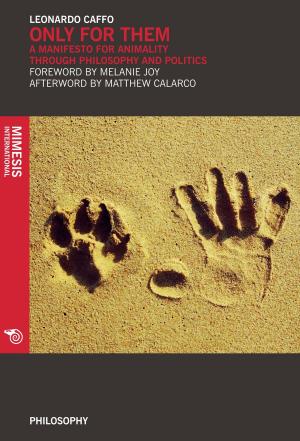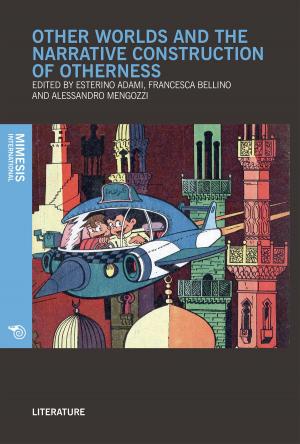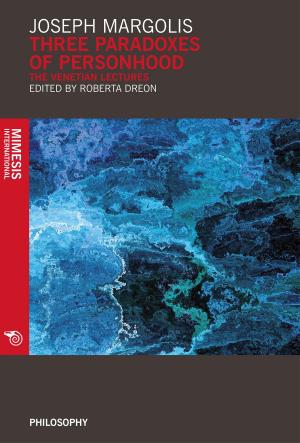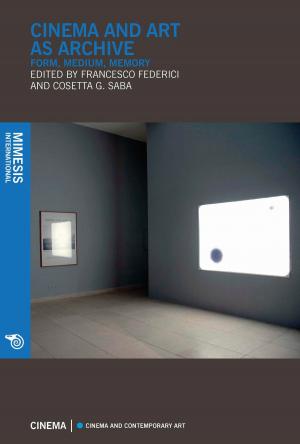The Line of Arch
Intercultural Issues between Aesthetics and Ethics
Nonfiction, Religion & Spirituality, Philosophy, Aesthetics| Author: | Marcello Ghilardi | ISBN: | 9788869770456 |
| Publisher: | Mimesis International | Publication: | November 5, 2015 |
| Imprint: | Mimesis International | Language: | English |
| Author: | Marcello Ghilardi |
| ISBN: | 9788869770456 |
| Publisher: | Mimesis International |
| Publication: | November 5, 2015 |
| Imprint: | Mimesis International |
| Language: | English |
The essays that compose this book turn around aesthetic and ethical questions, intertwining the two dimensions. They are intended to elaborate an interculturalphilosophy: without idealizing any single way of thinking or any tradition, without idolizing any lazy relativism, the author wants to show how interculturalityis neither an ultimate system of thought, nor a disconnected plurality of opinions. Surmounting both monism and dualism, this work leads to deal with thephilosophical character of cultural “dribblings”, through which we can grasp the links and relations between identity and difference. As the Italian writer Italo Calvino writes in his novel The Invisible Cities, when we build an arch we cannot forget that its line is necessarily composed by the plurality of its stones. Thinkingthrough different languages and traditions aims to manifest the unspeakable ground on which all the elements of reality meet, and at the same time it aims to caretheir contingency.
The essays that compose this book turn around aesthetic and ethical questions, intertwining the two dimensions. They are intended to elaborate an interculturalphilosophy: without idealizing any single way of thinking or any tradition, without idolizing any lazy relativism, the author wants to show how interculturalityis neither an ultimate system of thought, nor a disconnected plurality of opinions. Surmounting both monism and dualism, this work leads to deal with thephilosophical character of cultural “dribblings”, through which we can grasp the links and relations between identity and difference. As the Italian writer Italo Calvino writes in his novel The Invisible Cities, when we build an arch we cannot forget that its line is necessarily composed by the plurality of its stones. Thinkingthrough different languages and traditions aims to manifest the unspeakable ground on which all the elements of reality meet, and at the same time it aims to caretheir contingency.
